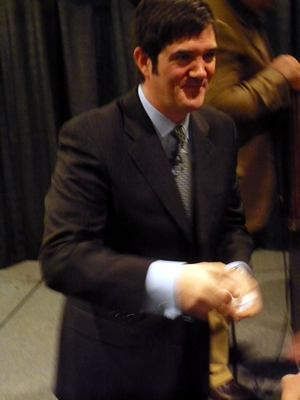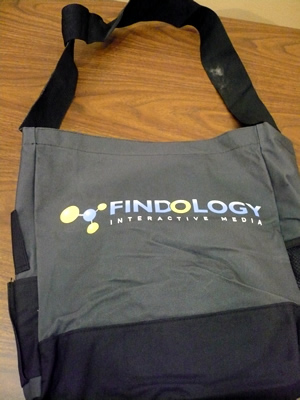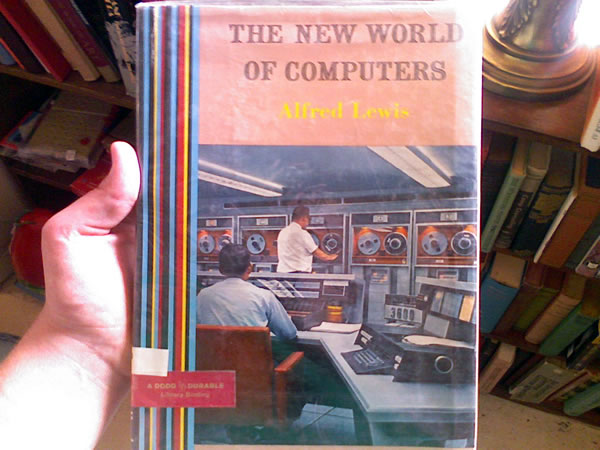Kevin Marks just commented on Twitter to me about sentiment analysis: “I remember a series of people showing us “sentiment analysis” code when I was at Technorati – turns out it doesn’t do sarcasm”
Sentiment Analysis
At the “Measuring Success in a Web 2.0 World” Orion panel at Search Engine Strategies 2008 Toronto, the term “Sentiment Analysis” came up. It’s a new term to me, but luckily Wikipedia has a (short) page on the topic.
Quote of the Day
“I’m a Vista user. I’m also a Prozac user now.” — Kevin Ryan at the Search Engine Strategies 2008 Toronto conference just now.

Fredrick Marckini.
I’m sitting in the press room of the Search Engine Strategies 2008 Toronto conference as I write this. I’m here on a press pass arranged for me by Byron Gordon of SEO-PR and in exchange, I’ll be publishing blog entries from the conference over the next couple of days.
Fredrick Marckini’s Opening Keynote
The opening keynote by Fredrick Marckini, Chief Global Search Officer of Isobar, was quite good. For a guy like me — I’ve been more concerned about application development and technical evangelism than search engine marketing — it was a pretty good introduction to the search engine marketing and trends to watch for. Not only did Marckini present a lot of useful information (especially to an SEM newbie like me), but he presented with style and humor and kept the audience engaged — not an easy thing first thing in the morning.
I took copious notes and once I’ve formatted them, I’ll post them here.
The Best Thing in the Goodie Bag
It’s not a tech conference unless there’s a goodie bag, and this one is no exception. I always find uses for them, and the ones for this conference are pretty decent:

The goodie bag at SES Toronto.
They’re trying to making this conference a little more green, so they’ve kept the paper contents of the goodie bag quite lean, limited to the conference agenda magazine, a few sheets of administrivial paper and the best thing, the book Meatball Sundae, written by my favourite marketing guru, Seth Godin:

The best thing in the goodie bag: Meatball Sundae, by Seth Godin.
I’m looking forward to reading it.
I absolutely love old computer books…

Photo courtesy of Miss Fipi Lele.
Better late than never: C# 3.0 will feature map, reduce and filter, and Dare “Carnage4Life” Obasanjo explains how to rock these features. He concludes the article with “If your programming language doesn’t support lambda functions or have map/reduce/filter functions built in, you just might be a Blub Programmer who is missing out on being more productive because your programming language doesn’t support ‘esoteric’ or ‘weird’ features,” which sounds kind of weird in an article about C#, a language that could only be Blubbier if its name were BlubLang or Blub#. I suspect I’ve woken up in some upside-down parallel universe again!
50 Python Modules for all Needs
50 Modules for all Needs is an entry at CatsWhoCode.com that lists 50 Python modules, at least some of which should prove useful to you.
